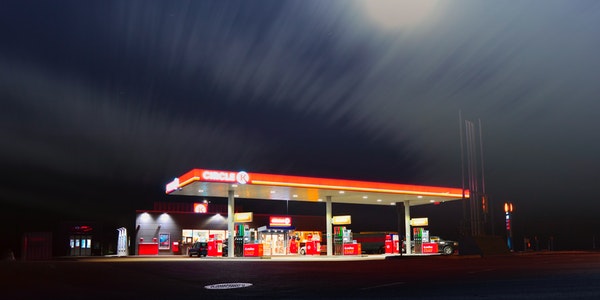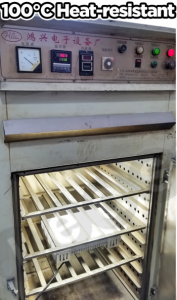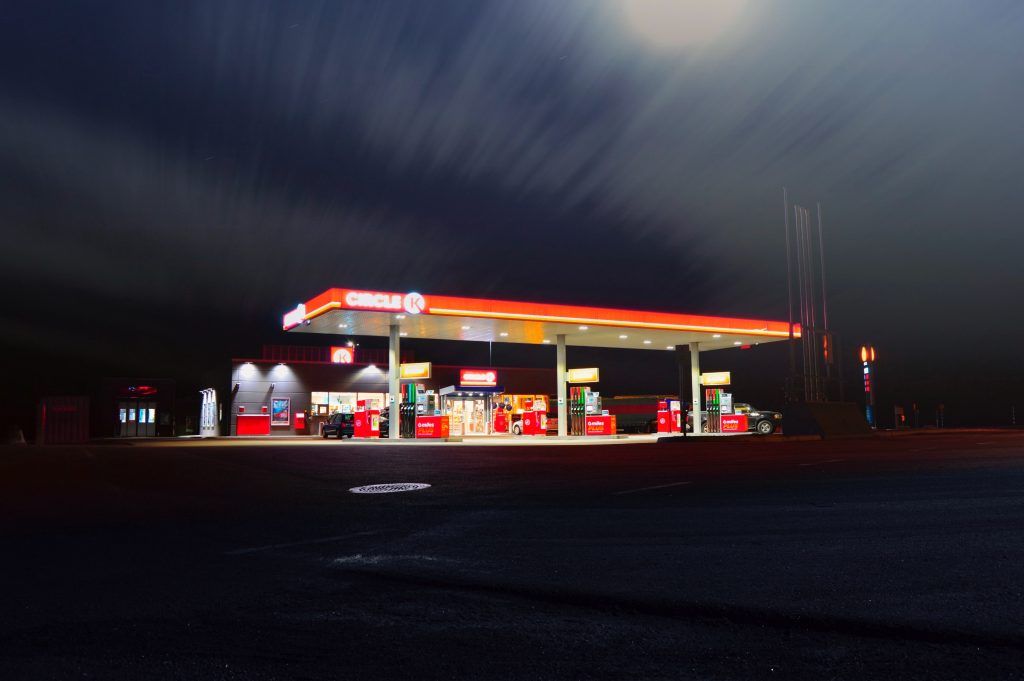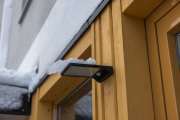The Definition of Explosion
Explosion is a matter from one state, after physical or chemical changes, suddenly into another state, and release huge energy.
The energy released rapidly will make the surrounding objects suffer violent impact and damage.
Three conditions for explosion
1) explosive substances: substances that can react with oxygen (air), including gas, liquid and solid (gas: hydrogen, acetylene,
methane, etc.; liquid: alcohol, gasoline; solid: dust, fiber dust, etc.),
2) oxygen: air.
3) ignition source: including open fire, electric spark, mechanical spark, electrostatic spark, high temperature, chemical reaction,
light energy, etc
Why Explosion proof
Explosive substances: many production sites will produce some combustible substances. About two thirds of underground coal
mines have explosive substances. In chemical industry, more than 80% of production workshops have explosive substances.
Oxygen: oxygen in the air is ubiquitous. Ignition source: a large number of electrical instruments are used in the production process,
All kinds of friction spark, mechanical wear spark, static electricity sparks, high temperature, etc., are inevitable, especially when the instrument and electrical failure.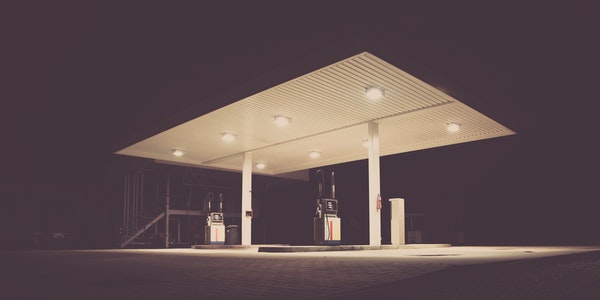
Objectively, many industrial sites meet the explosion conditions. When the mixed concentration of explosive substances and oxygen
is within the explosion limit range, if there is an explosion source, explosion will occur. Therefore, it is necessary to take explosion-proof measures.
Risk division of hazardous locations
Gas (class I)
Zone 0 Div.1 where explosive gas mixture exists continuously or for a long time under normal conditions
Zone 1 where explosive gas mixture may occur under normal conditions
Under normal conditions, explosive gas mixture is impossible to appear, only under abnormal conditions, occasionally or for a
short time in the site
Area 2 div.2
Dust or fiber (class II / III)
Under normal conditions, explosive dust or mixture of combustible fiber and air may appear continuously, frequently for a short
time or exist for a long time.
Zone 10
Div.1
Under normal conditions, explosive dust or mixture of combustible fiber and air can not appear, only under abnormal conditions, occasionally or for a short time.
Hazardous substances
- The categories, grades and groups of hazardous substances explosion hazardous substances are divided into the following three categories:
class I: mine methane
Class II: explosive gas, vapor and mist;
class III: explosive dust and fiber.
The grades and groups of hazardous substances are classified according to their performance parameters. These performance parameters include: flash point, ignition point, ignition temperature, explosion limit, minimum ignition current ratio, minimum ignition energy, maximum test safety gap, etc.
1) Flash point
Under the specified test conditions, the flammable liquid can release enough vapor and form explosive mixture with air above the liquid surface, and the minimum temperature of flash ignition (flash out) can occur during ignition.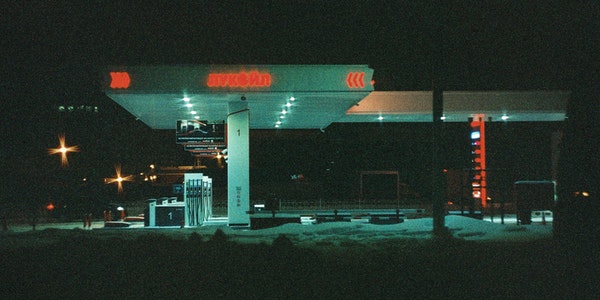
2) Ignition point
Ignition point is the lowest temperature at which a substance burns when it ignites in the air and can continue to burn after removing the ignition source. For flammable liquids with flash point less than 45 ℃, the ignition point is only 1-5 ℃ higher than the flash point, generally only the flash point is considered, not the ignition point. For flammable liquids and combustible solids with high flash point ratio, there is a big difference between flash point and ignition point, which should be considered in application.
3) Ignition temperature
Ignition temperature, also known as spontaneous combustion point or spontaneous combustion temperature, refers to the lowest temperature at which combustible materials can burn without external fire source under specified test conditions.
4) Explosion limit
The explosion limit usually refers to the explosion concentration limit. It is a concentration range formed by gas, vapor, mist or dust, fiber and air under a certain temperature and pressure, which can be ignited and spread flame. The lowest concentration in this range is called the lower explosion limit, and the highest concentration is called the upper explosion limit.
5) Minimum ignition current ratio
Minimum ignition current ratio (MICR) refers to the ratio of minimum ignition current of explosive mixture such as gas, vapor and mist to that of methane explosive mixture under specified test conditions.
6) Minimum ignition energy
The minimum ignition energy refers to the minimum spark energy required to ignite the explosive mixture under the specified test conditions. If the energy of the ignition source is lower than this critical value, it will not ignite.
7) Maximum test safety gap
The maximum test safety gap (MESG) is a performance parameter to measure the detonation transmission capacity of explosive articles. It refers to the maximum connected gap between two vessels with a gap length of 25 mm under the specified test conditions, which will not cause internal combustion and explosion of the other vessel when one vessel is internally ignited.
Hazardous environment
In order to correctly select electrical equipment, electrical lines and various explosion-proof facilities, it is necessary to correctly divide the size and level of environmental hazardous areas. The explosion and fire hazard areas are divided into two categories:
the explosive gas environment hazardous area and the explosive dust environment hazardous area, and the explosion risk area is divided into five areas. There are only three fire hazard areas.
According to the frequency and duration of explosive mixture
| Explosive gas environment | Zone O | Environment where explosive gas mixture appears continuously or for a long time |
| Hazardous area | Zone 1 | In normal operation, explosive gas temperature compound environment may occur |
| Zone 2 | In normal operation, the environment of explosive gas mixture is impossible, even if it exists, it only exists for a short time | |
| Hazardous area of explosive dust environment | Zone 10 | Environment with continuous or long-term occurrence of explosive dust |
| Zone 11 | Sometimes the accumulated dust will be lifted up and explosive dust mixture will appear occasionally |
According to the possibility and consequence, danger degree and material state of fire accident
| Fire danger area | Zone 21 | Combustible liquid with flash point and high flying ambient temperature can cause fire hazard in quantity and configuration |
| Zone 22 | Although it is impossible to form an explosive mixture with suspended or accumulated explosive or combustible dust, it is not possible to form an explosive mixture placed in a fire hazard environment | |
| Zone 23 |
An environment with solid combustible substances that can cause fire hazard in quantity and configuration |
The protection of electrical fire and explosion must be comprehensive measures. It includes reasonable selection and correct installation of electrical equipment and lines, keeping the normal operation of electrical equipment and lines, ensuring the necessary fire separation, maintaining good ventilation, installing good protection devices and other technical measures.
Explosion proof electrical equipment
The structure of electrical equipment used in fire and explosion hazardous environment shall be able to prevent it from becoming
the ignition source of explosive mixture at the installation site due to spark, arc or dangerous temperature in use.
- General requirements for selection of explosion proof electrical equipment
(1) In the electrical design of explosive environment, the electrical equipment, especially the equipment with sparks during
normal operation, should be arranged in a less dangerous or non explosive environment. Equipment with high surface
temperature in fire hazard environment shall be kept away from combustibles.
(2) on the premise of meeting process production and safety, the use of explosion-proof electrical equipment should be reduced
as much as possible. Electric heating appliances should not be used in fire hazard environment, and non combustible materials
should be used for isolation when necessary.
(3) Explosion proof electrical equipment shall have explosion proof certificate.
(4) less use of portable electrical equipment. A kind of
(5) Measures can be taken in the construction to limit the explosive environment to a certain range, such as using partition wall method.
- Types and marks of explosion proof electrical equipment
There are many types of explosion-proof electrical equipment with different performance. According to the characteristics of spark,
arc and dangerous temperature produced by electrical equipment, the measures taken to prevent ignition of explosive mixture are
divided into the following eight types:
(1) Flameproof type (Mark d): it is a kind of electrical equipment with flameproof enclosure, whose shell can withstand the explosion pressure of internal explosive gas mixture and prevent the internal explosion from spreading to the explosive mixture around the enclosure. It is applicable to any place where explosion hazard occurs.
(2) increased safety type (Mark E): under normal operation conditions, there will be no electric arc, spark and high temperature enough to ignite explosive mixture. In order to avoid arc, spark and high temperature under normal and recognized overload conditions, various measures are taken to improve the safety.
(3) Intrinsically safe type (Mark IA, IB): electric spark and thermal effect generated under normal operation or specified failure state cannot ignite the specified explosive mixture. This kind of electrical equipment is divided into IA and IB according to the place of use and the degree of safety.
Class ia equipment cannot ignite explosive gas mixture under normal operation, one fault and two faults.
Class ib equipment shall not ignite explosive gas mixture under normal operation and one fault.
(4) Positive pressure type (Mark P): it has a positive pressure shell, which can keep the pressure of internal protective gas, i.e. fresh
air or inert gas higher than the pressure of surrounding explosive environment, and prevent the external mixture from entering the shell.
(5) Oil filled type (mark o): it immerses all or part of the electrical equipment in the oil, so that the equipment can not ignite the explosive mixture above the oil level or outside the enclosure. Such as high-pressure oil switch is such.
(6) Sand filling mold (Mark q): the shell is filled with sand material, so that the electric arc generated in the shell, the spread of flame,
the overheating of shell wall or sand material surface can not ignite the surrounding explosive mixture under certain service conditions.
(7) Non sparking type (mark n): under normal operating conditions, it will not ignite the surrounding explosive mixture and generally will not ignite the role of fault. The normal operation of such equipment means that no arc or spark should be generated. The hot surface or hot spot of electrical equipment shall not exceed the maximum temperature of corresponding temperature group.
(8) Special type (Mark s): refers to the electrical equipment which does not belong to any of the above categories in structure, but adopts other special explosion-proof measures. If filling quartz sand mold equipment is included in this column.

